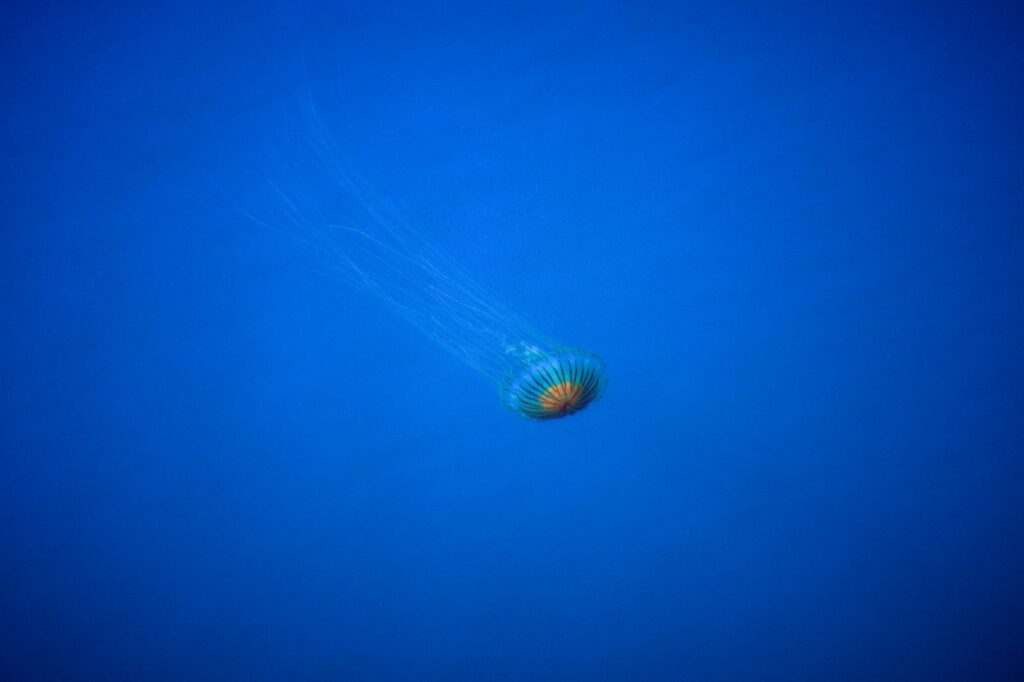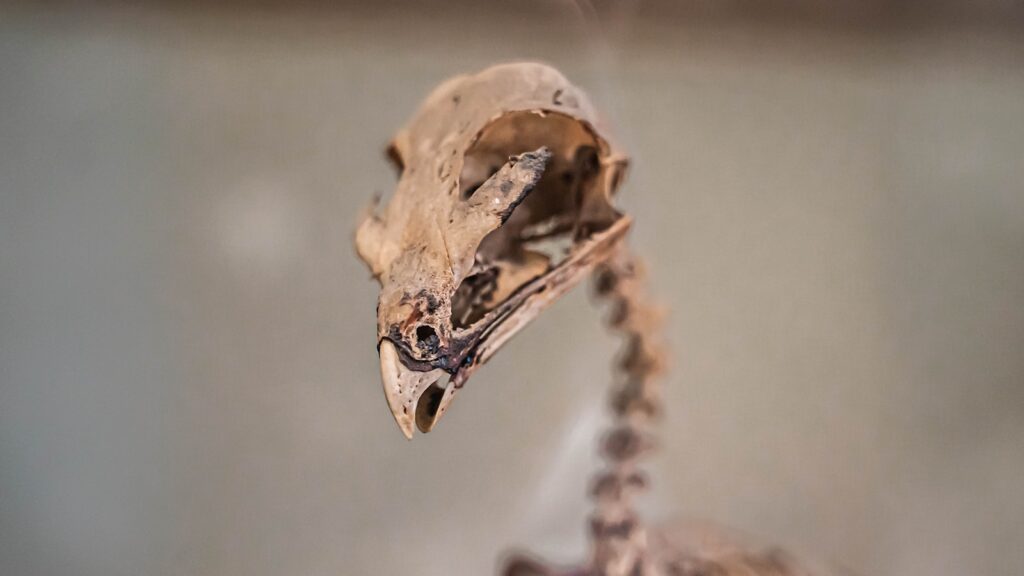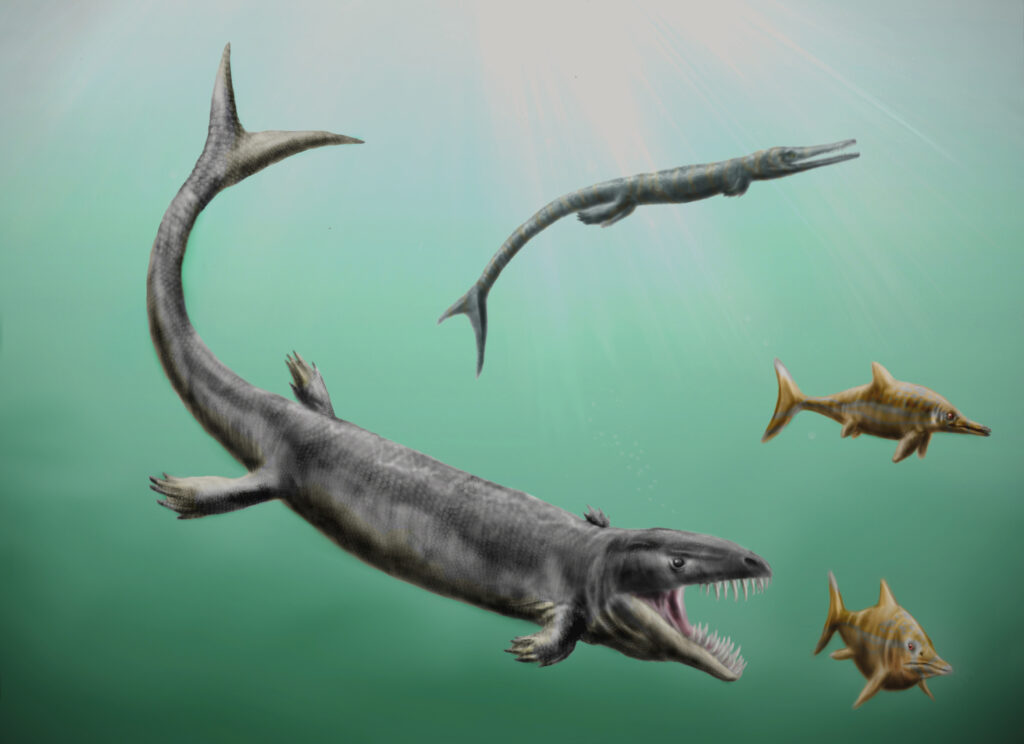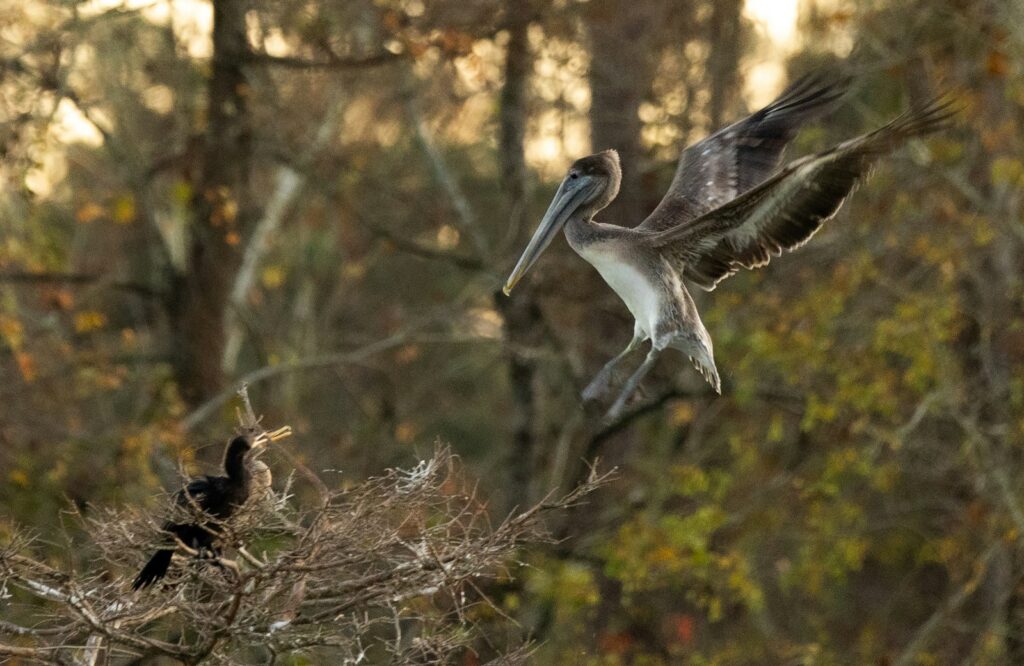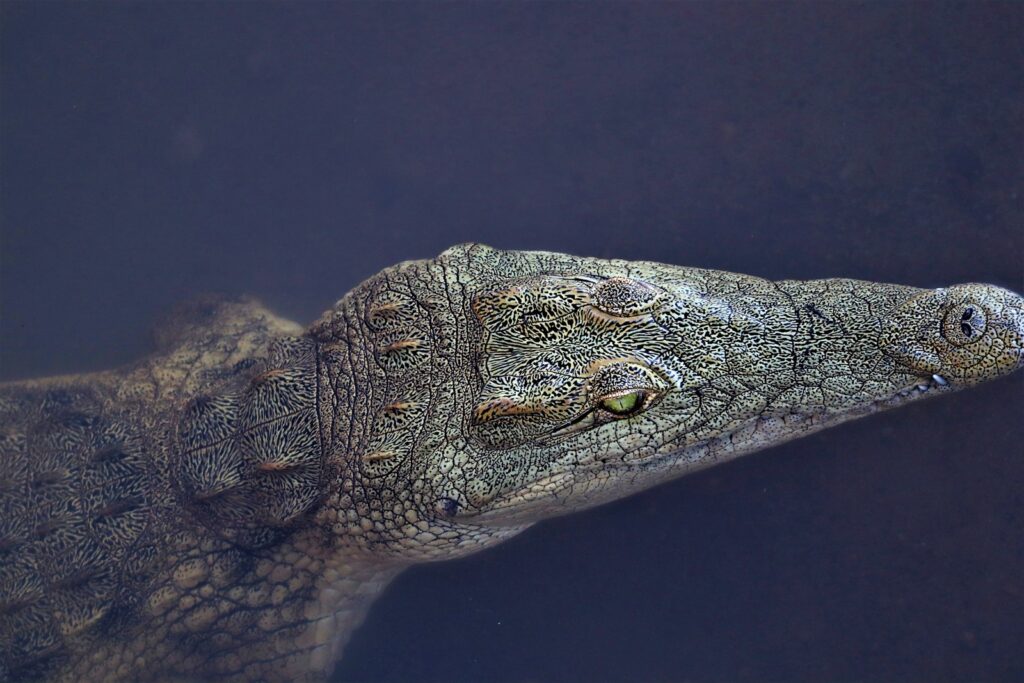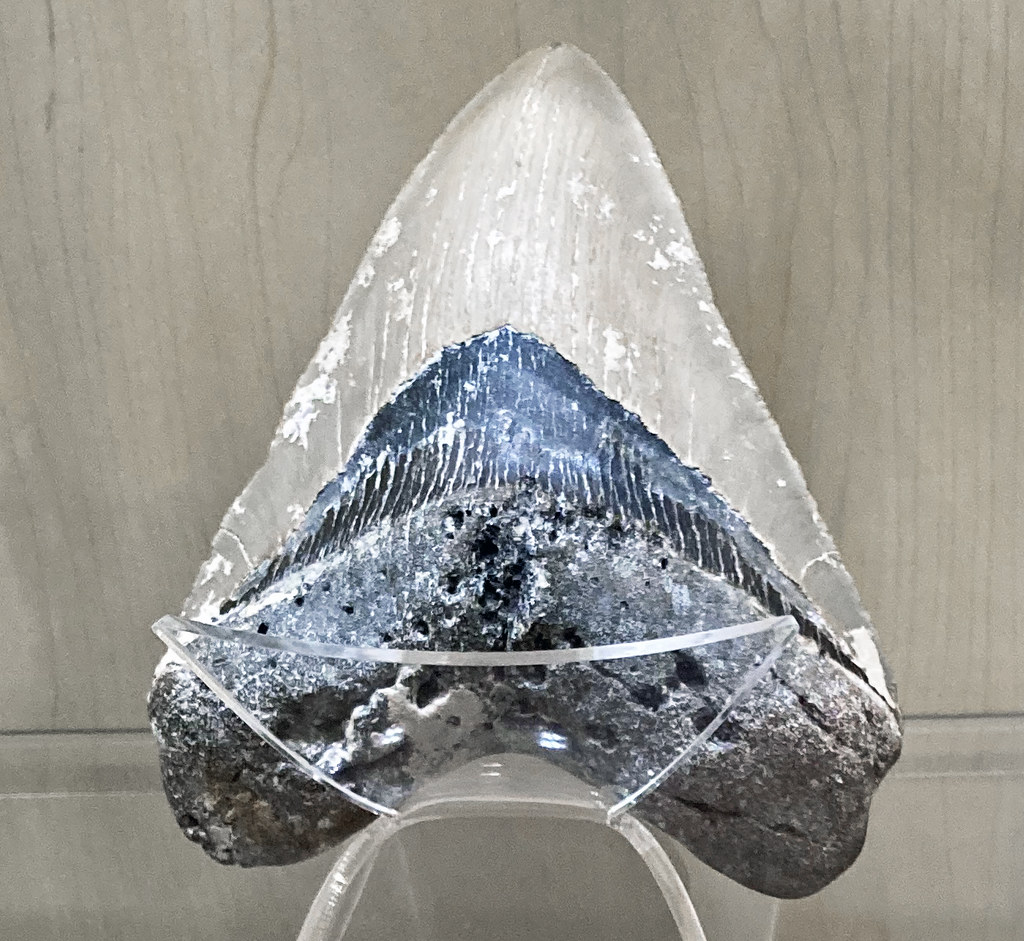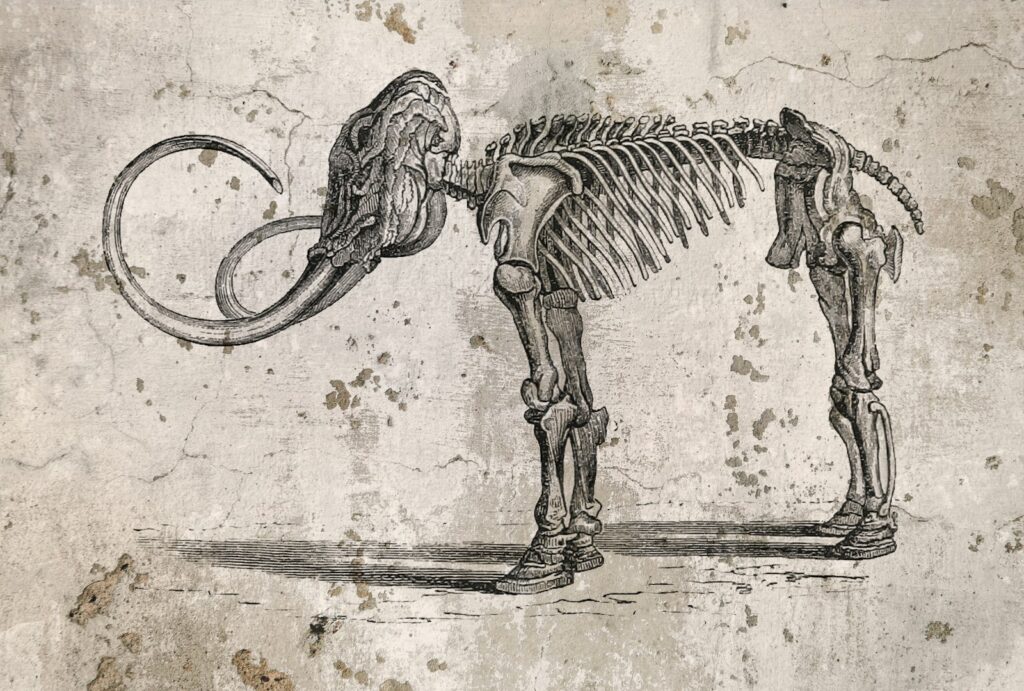How the Rosetta Stone Unlocked the Secrets of Ancient Egypt
Imagine holding a key that could unlock thousands of years of forgotten history. Picture yourself standing before towering pyramids, their ancient stones whispering stories that no one has understood for over a millennium. For centuries, scholars stared at the mysterious hieroglyphs carved into Egyptian monuments, completely baffled by their meaning. These elegant symbols remained as ...



